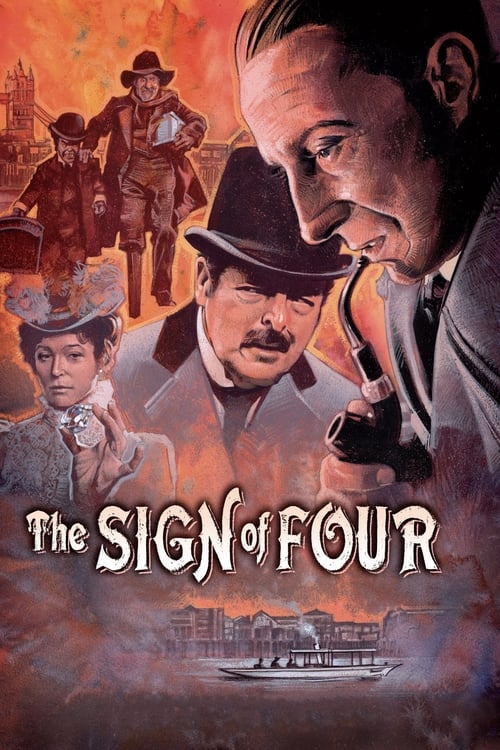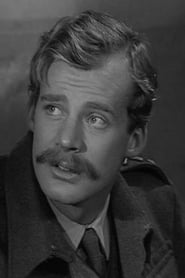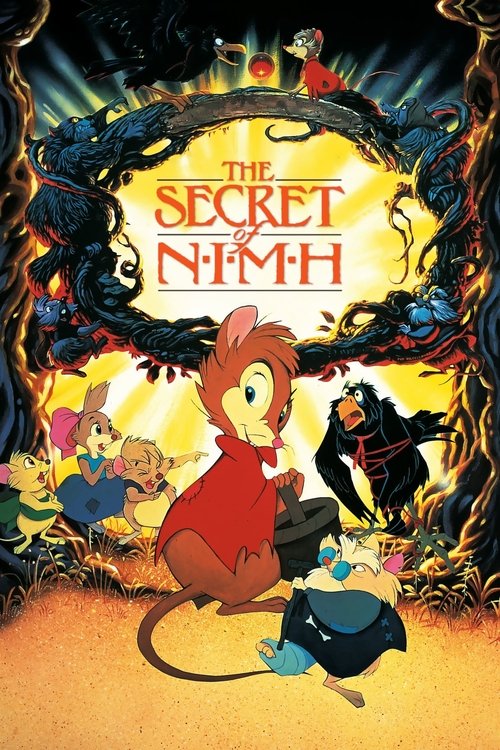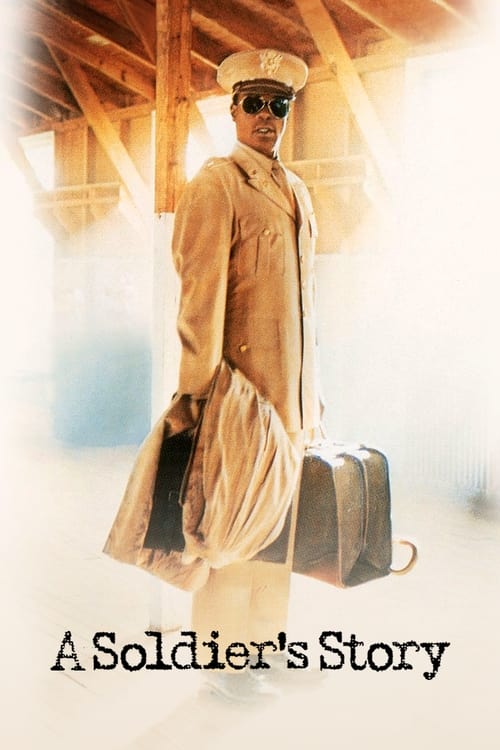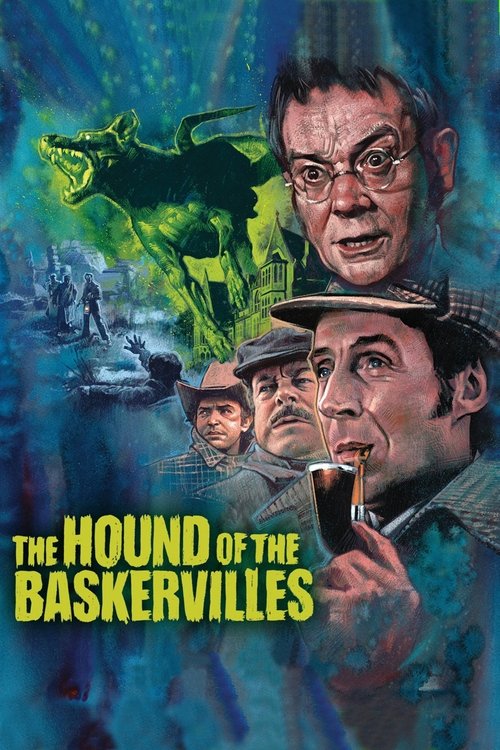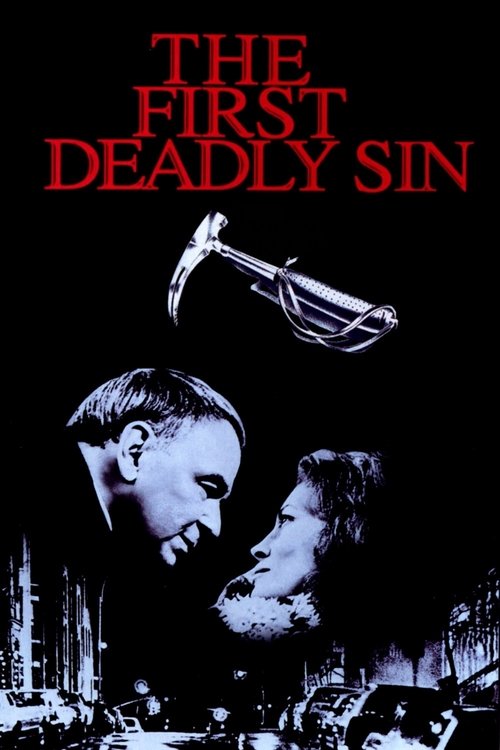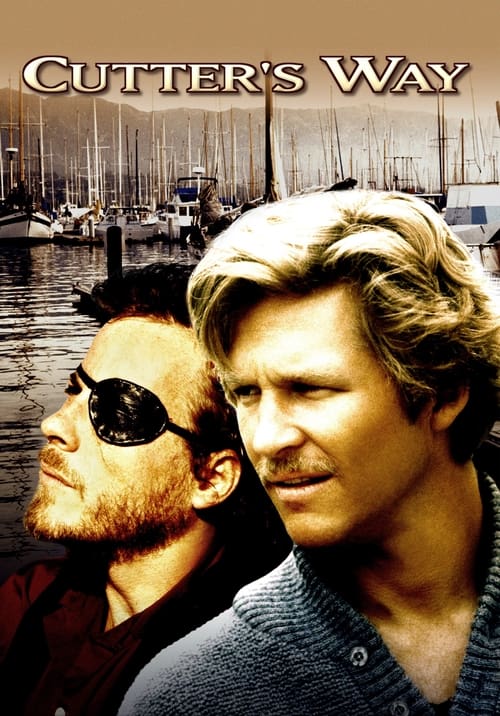
Ask Your Own Question
What is the plot?
What is the ending?
In the ending of "The Sign of Four," produced in 1983, Sherlock Holmes and Dr. John Watson confront the villain, Jonathan Small, who is revealed to be the mastermind behind the theft of the Agra treasure. After a tense chase, Holmes captures Small, and the mystery of the treasure is resolved. Mary Morstan, Watson's love interest, learns the truth about her father's fate, and she and Watson become engaged. The film concludes with a sense of closure for the characters involved.
As the film approaches its climax, the tension escalates. Sherlock Holmes, portrayed with a keen intellect and unwavering determination, has pieced together the clues surrounding the mysterious disappearance of Mary Morstan's father and the treasure of Agra. The atmosphere is thick with anticipation as Holmes and Dr. John Watson, his loyal companion, prepare to confront the elusive Jonathan Small.
Scene by scene, the narrative unfolds. Holmes and Watson, having followed the trail of clues, find themselves in a dilapidated warehouse by the Thames River. The air is heavy with the scent of damp wood and the distant sounds of the bustling city. They cautiously enter, their footsteps echoing in the silence. Holmes, with his sharp eyes, scans the surroundings, his mind racing with possibilities. Watson, ever the faithful friend, stands ready, his heart pounding with a mix of fear and excitement.
Suddenly, they hear a noise--a scuffle. Holmes gestures for silence, and they move stealthily toward the source. In a dimly lit corner, they spot Jonathan Small, a man driven by desperation and greed, clutching the treasure chest that has caused so much turmoil. His face is a mask of anger and determination, revealing the depths of his character. The confrontation is electric; Holmes, with his characteristic calm, engages Small in a battle of wits, while Watson stands ready to assist.
As the tension mounts, Small attempts to escape, leading to a frantic chase through the warehouse. The camera captures the urgency of the moment, with Holmes and Watson navigating obstacles, their hearts racing. Small, fueled by his desire for freedom, makes a desperate bid for the exit, but Holmes, with his quick thinking, manages to outsmart him. In a final showdown, Holmes captures Small, who is left panting and defeated, the treasure slipping from his grasp.
With Small apprehended, the narrative shifts to Mary Morstan, who has been anxiously awaiting news. The emotional weight of her father's fate hangs heavily in the air. Holmes and Watson return to her, revealing the truth about her father's disappearance and the fate of the treasure. The revelation is bittersweet; while the treasure is recovered, the emotional scars of the past remain.
In a poignant moment, Watson, filled with affection and admiration for Mary, proposes to her. The scene is tender, illuminated by the soft glow of candlelight, symbolizing hope and new beginnings. Mary, her eyes shining with joy, accepts, and the couple shares a heartfelt embrace, marking a new chapter in their lives.
As the film draws to a close, the camera pans out, capturing the trio--Holmes, Watson, and Mary--standing together, united by their experiences. The resolution of the mystery brings a sense of closure, but it also leaves lingering questions about the nature of greed and the bonds of friendship. Holmes, ever the enigmatic figure, reflects on the case, his mind already racing toward the next adventure, while Watson and Mary look forward to their future together.
In the end, Jonathan Small is taken away, his fate sealed by his own choices. Holmes and Watson emerge victorious, their friendship strengthened by the trials they faced. Mary, now engaged to Watson, finds solace in the truth, ready to embrace a new life filled with love and hope. The film concludes, leaving the audience with a sense of resolution and the promise of new beginnings.
Is there a post-credit scene?
The 1983 adaptation of "The Sign of Four" does not include a post-credit scene. The film concludes with the resolution of the central mystery involving the treasure and the characters' fates, wrapping up the narrative without any additional scenes or hints at future events after the credits roll. The focus remains on the story's climax and the emotional resolutions of the main characters, particularly Sherlock Holmes and Dr. Watson, as they reflect on the adventure they have just experienced.
What motivates Mary Morstan to seek Sherlock Holmes's help?
Mary Morstan is driven by a deep sense of loss and mystery surrounding her father's disappearance. After receiving a series of pearls from an anonymous benefactor, she feels compelled to uncover the truth about her father's fate and the significance of the pearls, which leads her to seek the assistance of Holmes.
How does Sherlock Holmes deduce the identity of the murderer?
Holmes employs his keen powers of observation and logical reasoning to piece together clues throughout the investigation. He analyzes the physical evidence, such as the unique markings on the murder weapon and the footprints at the crime scene, ultimately leading him to deduce the identity of the murderer.
What role does the treasure play in the story?
The treasure, which consists of a hoard of jewels stolen from the Agra treasure, serves as the central motive for the characters' actions. It creates tension and conflict, as various parties, including the murderer, are willing to go to great lengths to possess it, driving the plot forward.
How does Dr. Watson's relationship with Mary Morstan develop throughout the film?
Dr. Watson's relationship with Mary Morstan evolves from a professional acquaintance to a romantic connection. As they work together to solve the mystery, Watson's admiration for Mary's courage and intelligence grows, culminating in a proposal that signifies his commitment to her.
What is the significance of the 'Sign of Four' in the story?
The 'Sign of Four' refers to a pact made by four convicts who stole the Agra treasure. This symbol becomes a crucial element in the narrative, representing themes of loyalty, betrayal, and the lengths to which individuals will go for wealth, ultimately tying together the characters' motivations and the unfolding mystery.
Is this family friendly?
The 1983 adaptation of "The Sign of Four" contains several elements that may be considered objectionable or upsetting for children or sensitive viewers. Here are some aspects to be aware of:
-
Violence and Threats: The film includes scenes of violence, including threats of harm and physical confrontations. These moments may be intense and could be distressing for younger viewers.
-
Murder and Crime: The central plot revolves around a murder mystery, which involves discussions and depictions of crime. The atmosphere can be dark and suspenseful, potentially unsettling for sensitive audiences.
-
Themes of Betrayal and Greed: The narrative explores themes of betrayal, greed, and revenge, which may be complex and difficult for younger viewers to fully understand or process.
-
Emotional Distress: Characters experience significant emotional turmoil, including fear, anxiety, and desperation, which may resonate strongly with sensitive viewers.
-
Mysterious and Suspenseful Atmosphere: The overall tone of the film is suspenseful and can create a sense of unease, which might be overwhelming for some children.
These elements contribute to a narrative that, while engaging for older audiences, may not be suitable for younger children or those who are particularly sensitive to such themes.

